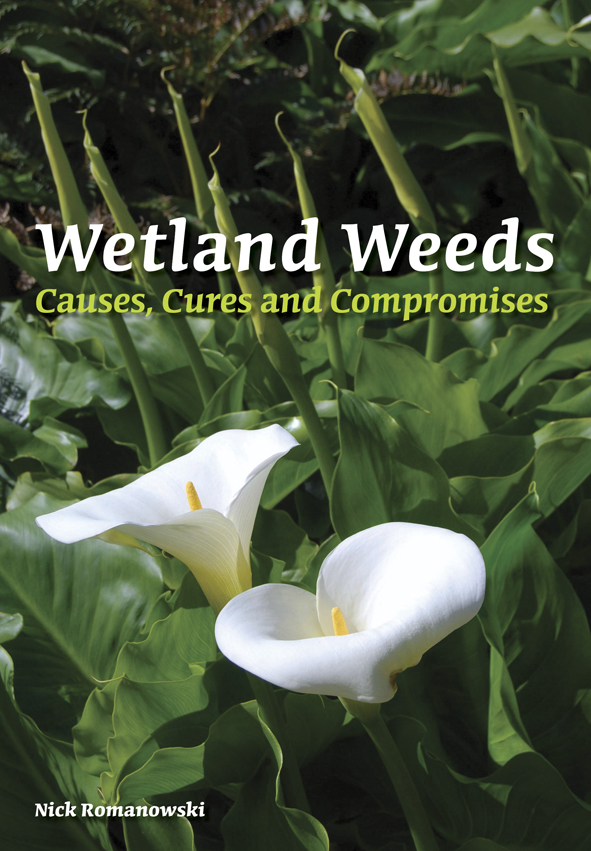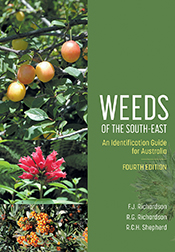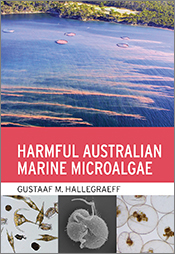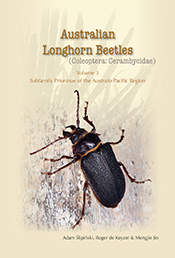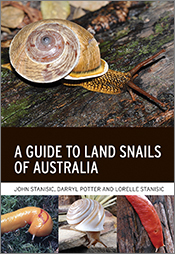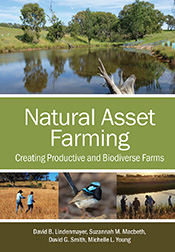Wetland Weeds
Causes, Cures and Compromises
By: Nick RomanowskiA comprehensive guide to wetland weeds covering both native and introduced species.
This comprehensive guide to wetland weeds covers both native and introduced species, ranging from minor or localised environmental problems to those that should not be tolerated in any situation. The author takes a pragmatic approach to weed control, recognising that some weeds may not be possible to eradicate, and emphasising the need to assess the extent and future potential of any infestation before taking action. + Full description
Weed control should be planned in the context of the overall management goals for any type of wetland, the types of habitat weeds provide or overrun, and whether they can be replaced successfully with more appropriate plants. A range of strategies for controlling wetland weeds are considered, from containment actions to prevent the development of a soil seed bank to physical removal, and biological approaches from biocontrol to shading, overplanting and use of turbidity. The widespread use of chemical controls is also discussed, with the warning that these are often only a short-term cure and can cause more harm to aquatic ecosystems than the weeds they are holding at bay.
More than 130 species of established weeds are included with information on their origins, nutrient responses, environmental effects, habitat values, prospects for containment or eradication, and even culinary uses. Other sections look at native plants as weeds, including a number of species of uncertain origins, and potential weeds still being legally sold through the aquarium and nursery trades.
- Short descriptionNews
No longer available in a print edition.
Reviews
"Overall, the book highlights wetland/aquatic weeds and the factors and vectors that contribute to their spread. The author is knowledgeable about the plants presented in this book, drawing from his many years in the water garden industry. The many colored plates and plant descriptions would benefit wetland and pond owners with respect to plant identifications and planting of new plants."
Ryan M. Wersal, Wetlands, 2012
"There are some excellent photographs of weeds and infestations which may assist landholders and professionals alike in identifying water weeds. As someone with a particular interest in wetlands, waterways and aquatic plants, I found this book quite an interesting read. Overall, an admirable and informative publication by Nick Romanowski."
Danielle Crawford, Land for Wildlife South East Queensland, May 2012
"It will be a very useful text for anyone associated with wetlands, including farm dams and garden ponds, or with an interest in the identification and management of wetland weeds."
R.G. Richardson, Meredith, Plant Protection Quarterly Vol.26(4) 2011, pp. 153
Details
ePDF | September 2011ISBN: 9780643103962
Publisher: CSIRO Publishing
Available from eRetailers
ePUB | September 2011
ISBN: 9780643103979
Publisher: CSIRO Publishing
Available from eRetailers
Features
- Contains a comprehensive compendium of over 130 weeds with full colour photographs to aid identification
- Considers a wide range of strategies for controlling wetland weeds including biological control and prevention
- Covers introduced as well as native weed species
- Takes a pragmatic approach to managing weeds depending on the threat they pose to the environment
Contents
1 What is a weed?2 Prevention, control and management
3 Native plants as weeds
4 Compendium of weeds
View the full table of contents.


